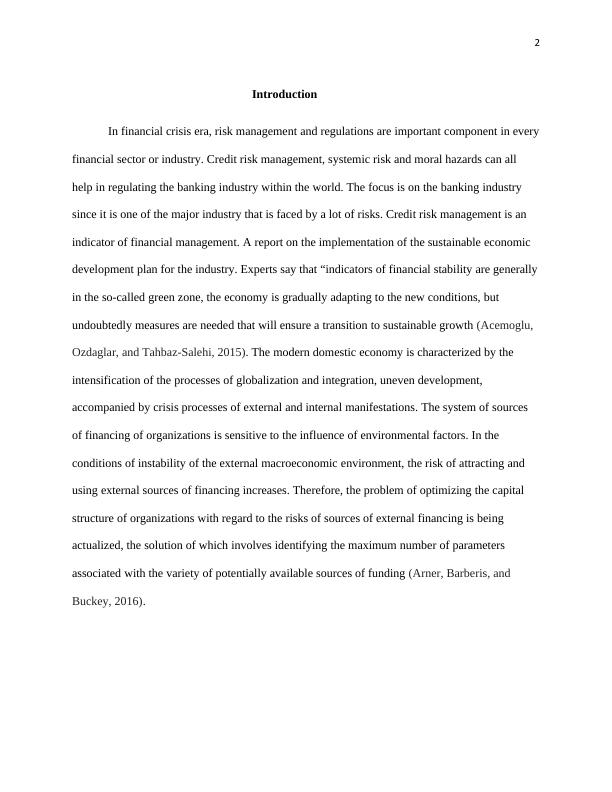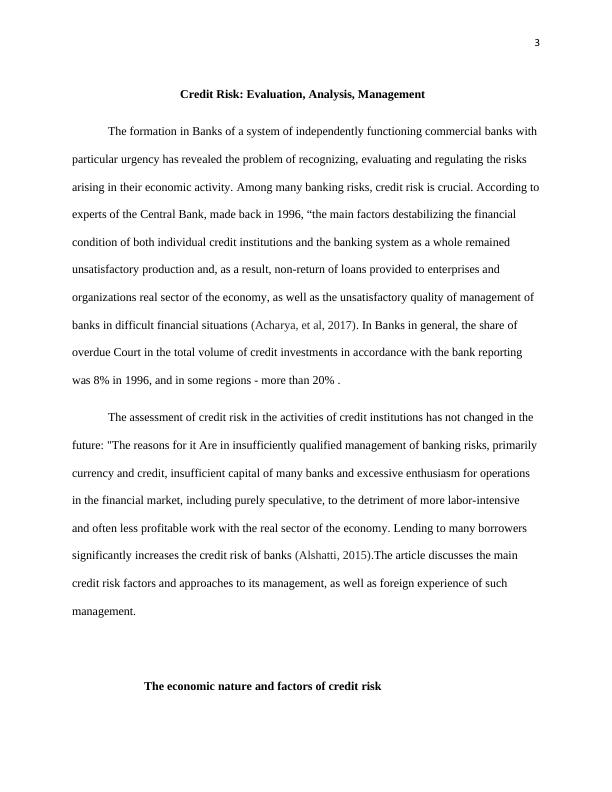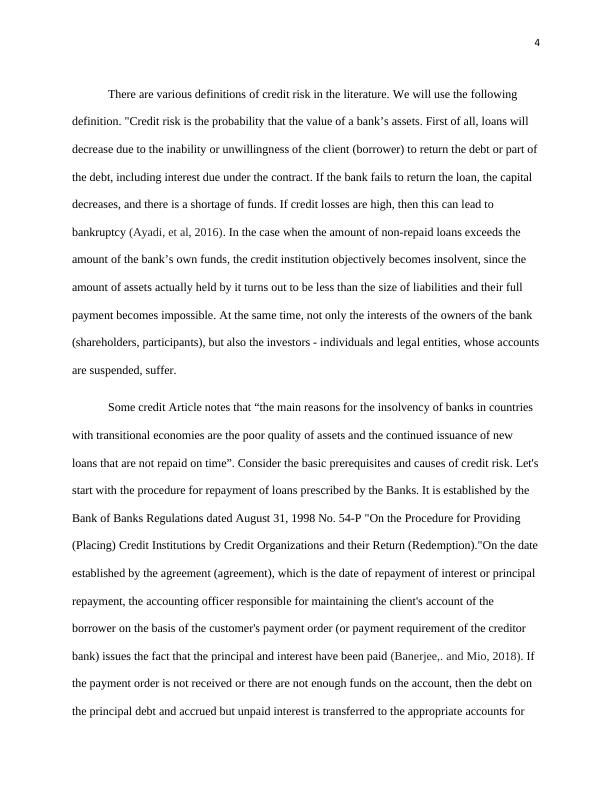1. Name:. Course Professor’s name University name City,
This coursework assignment is for the MSc in Professional Accountancy module on Global Issues for the Finance Professional. It is an individual assignment that focuses on selected issues from financial risk management and required rates of return post-financial crisis. The assignment requires adherence to a word count limit and consistent citation of references using the preferred Harvard referencing system.
Added on 2023-01-19
1. Name:. Course Professor’s name University name City,
This coursework assignment is for the MSc in Professional Accountancy module on Global Issues for the Finance Professional. It is an individual assignment that focuses on selected issues from financial risk management and required rates of return post-financial crisis. The assignment requires adherence to a word count limit and consistent citation of references using the preferred Harvard referencing system.
Added on 2023-01-19
End of preview
Want to access all the pages? Upload your documents or become a member.




